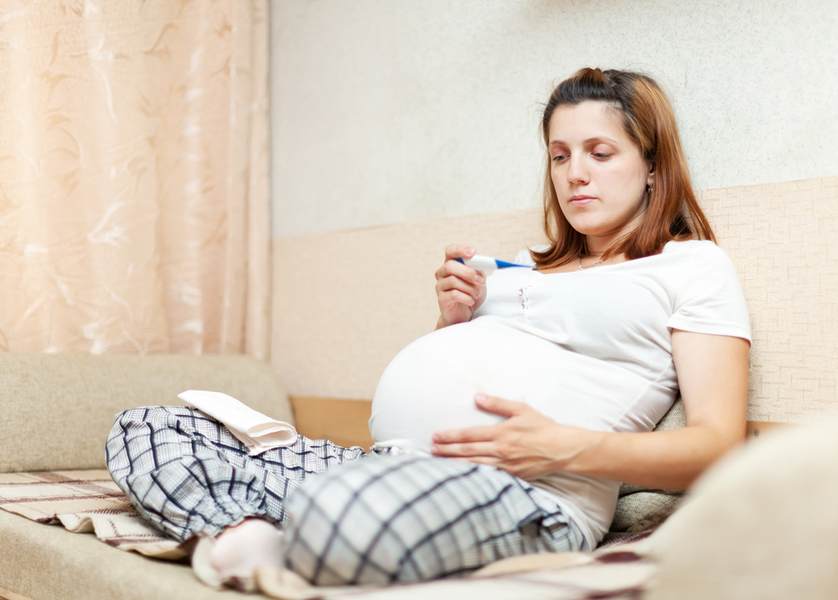Over the last five decades, dengue has emerged globally as a critical threat to public health. Today, dengue ranks as the most important mosquito-borne viral disease in the world. Dengue Fever is a viral disease caused by any of 4 closely related serotypes of Flavivirus (RNA virus). Aedes mosquitoes, particularly A. Egyptians, is the vector transmitting it to humans. Most of the states in India are dengue-endemic. Early detection and access to proper medical care reduce fatality from 20% to below 1 %.
Climatic conditions, particularly temperature and rainfall, have a major impact on the life cycle, breeding and longevity of Aedes mosquito and thus transmission of the disease. In the absence of any vaccine or specific drug for dengue, vector control is very significant in preventing disease transmission.
Dengue viral infected person may be asymptomatic or symptomatic and clinical manifestations vary from undifferentiated fever to florid haemorrhage and shock. The clinical presentations depend on various factors such as age, immune status of the host, the virus strain and primary or secondary infection. Infection with one dengue serotype gives lifelong immunity to that particular serotype. Those who have warning signs and symptoms should be closely monitored for progression of the disease. The patient may develop complications during the later stage of fever (defervescence) or afebrile phase, where extra caution is needed to identify danger signs and signs of fluid overload.
Management of dengue is symptomatic and supportive. Bed rest is advisable during the acute phase. Use cold or tepid sponging to keep the temperature below 38.5C. Paracetamol is the preferred choice for fever. Oral fluid and electrolyte therapy is recommended for patients with excessive sweating or vomiting. Patients should be monitored for 24 to 48hours after they become afebrile for development of complications.
Any person who has dengue fever with low platelets, high hemoconcentration and person with abdominal pain, black tarry stools, nasal bleeding, gum bleeding et needs to be hospitalized.
The clinical manifestations, treatment, and outcome of dengue in pregnant women are similar to those of nonpregnant women. LAB DIAGNOSIS is NOT essential for clinical management. The tests available for diagnosis are (1) Rapid NS1 antigen: detected on Day 3 of fever (2) Dengue IGM detected after Day 5 of fever. Full Blood Count (CBC) as a baseline, as well as to monitor the progress of the disease is the most important tool.
Dengue in pregnancy can be a factor for adverse outcomes like preterm, birth, low birth weight, and cesarean deliveries, etc. The risk of vertical transmission is well established among women with dengue during the perinatal period. The significant impact of dengue during labor: Severe bleeding may complicate delivery and/or surgical procedures performed on pregnant patients with dengue during the critical phase, i.e. the period coinciding with marked thrombocytopenia (low platelet count) with or without plasma leak. Dengue fever does not warrant termination of pregnancy. There is insufficient data of probable embryopathy to mothers who had DF in the first trimester.
Management of dengue infection in pregnancy should be taken seriously to reduce mortality and morbidity in both mother and fetus.


Recent Comments